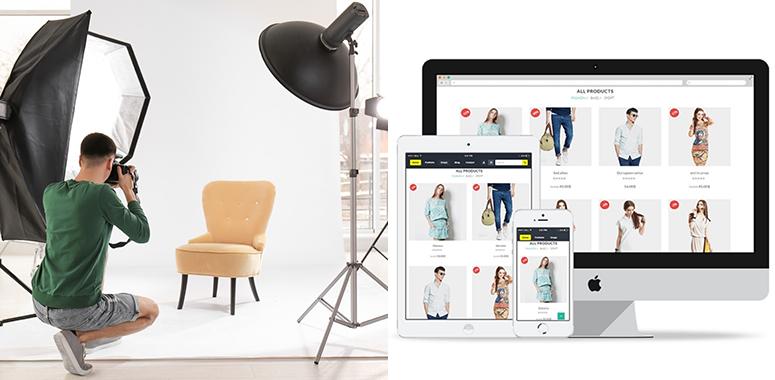3 Ways to Get Better Ecommerce Product Photos for Your Store
In the fast-paced world of ecommerce, first impressions matter more than ever.When customers can’t physically touch or try your products,high-quality photos become your ultimate selling tool. Think about it: a compelling product image can capture attention, convey quality, and evoke desire—all in a split second.If your product photos are lackluster, you might be losing potential sales without even realizing it. But don’t fret! You don’t need to be a professional photographer to elevate your product imagery. In this article, we’ll explore three straightforward ways to enhance your ecommerce product photos that will not only make your store look more polished but also boost your sales potential. Let’s dive in and transform your product visuals into a powerful asset!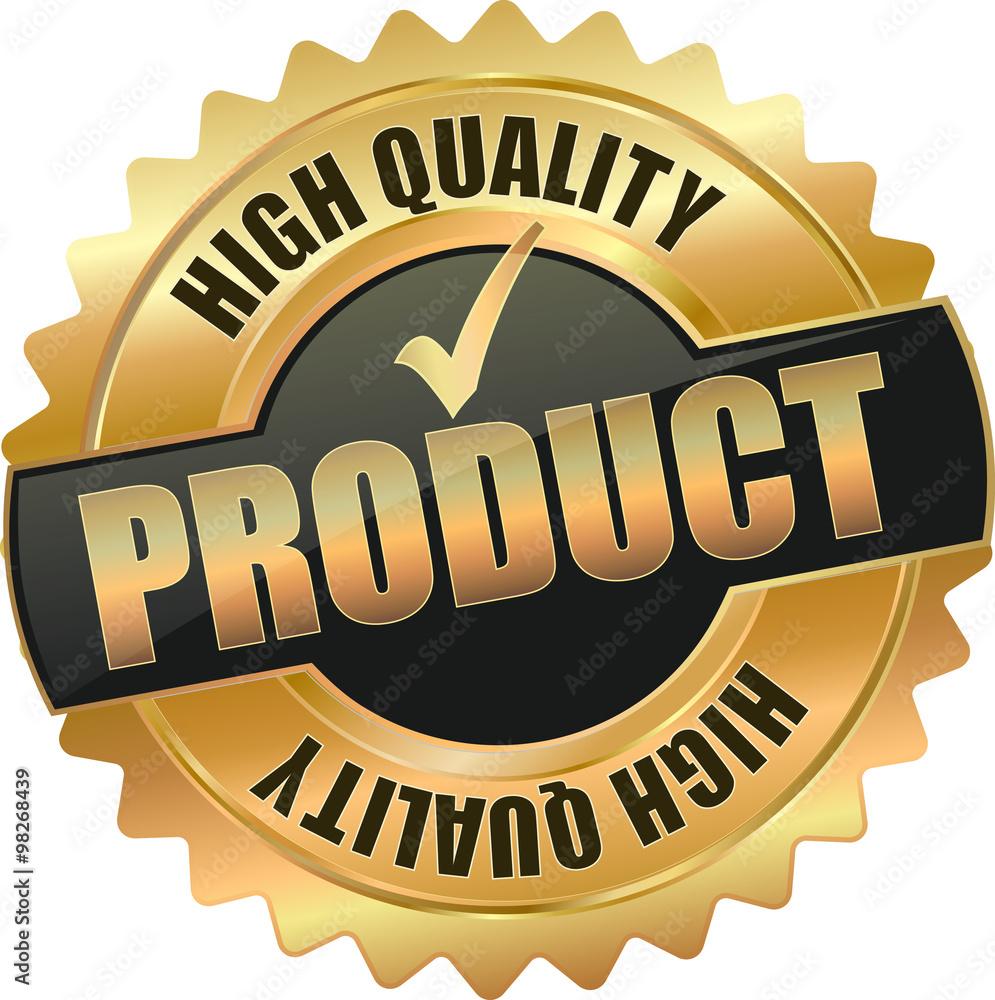
Understanding the Importance of High-Quality Product Photos
High-quality product photos are essential for creating a compelling online shopping experience. In the competitive world of eCommerce, visually appealing images can make the difference between a potential customer clicking the “Add to Cart” button or navigating away from your site. When your product images are crisp, clear, and engaging, they help to build trust and credibility with shoppers.
Consider the following reasons why investing in high-quality product photography is crucial:
- First impressions Matter: A shopper’s first interaction with your product often comes through its image. High-quality visuals create a positive impression and encourage further exploration.
- Visual Storytelling: Great photos can tell a story about your product, showcasing its features, benefits, and how it fits into a customer’s life. This storytelling can lead to stronger emotional connections.
- Reduced Return Rates: Clear and accurate product representations can help manage customer expectations. When buyers know exactly what they are getting, it can lead to fewer returns and increased satisfaction.
Moreover, high-quality product photos can significantly impact your search engine optimization (SEO) efforts. Search engines favor sites that provide valuable and engaging content, and visually appealing images can enhance user experience metrics, such as time on page and bounce rate. This can lead to improved rankings in search results.
It’s also worth noting that consistent branding through your images can elevate your store’s overall aesthetic. Consistency in style, lighting, and framing creates a cohesive look that resonates with your audience, reinforcing brand identity and loyalty.
| Benefits of High-Quality Product Photos | Impact on eCommerce |
|---|---|
| increased Customer Trust | Higher conversion rates |
| Enhanced User Experience | Longer time on site |
| Lower Return Rates | Cost savings |
| Improved SEO Performance | Better search rankings |
the importance of high-quality product photos cannot be overstated. They are a fundamental element in driving sales and enhancing customer engagement.by prioritizing visually striking images,you not only showcase your products effectively but also create a shopping surroundings that consumers feel confident in. This confidence can translate into loyalty and repeat purchases, making it a worthwhile investment for any eCommerce business.

Creating an Inviting Setup for Stunning Shots
When it comes to showcasing your products online,the setup you choose can dramatically impact the final images. A well-thought-out arrangement not only enhances the visual appeal but also draws attention to the features and benefits of your items. Here are some tips to create an inviting atmosphere that will make your product photos stand out:
- Choose the Right Background: The background can make or break your photo. Opt for clean, neutral colors that won’t compete with your product. White, soft grey, or pastel shades can definitely help keep the focus on the item itself. If your product is vibrant, a simple backdrop allows its colors to pop.
- Incorporate Props Creatively: Adding props can tell a story and give context to your products. For instance, if you’re selling kitchenware, consider including fresh ingredients or utensils in the shot. Just be sure that the props complement rather than overshadow the main product.
- Utilize Natural Light: natural light can provide a soft and flattering illumination that enhances the details of your product. Set up near a window or in a well-lit room during the day. avoid harsh overhead lighting, which can create unflattering shadows.
Additionally,maintaining clean lines and ensuring that the product is the focal point are crucial. If you’re using a table or a flat surface for your setup, make sure it’s free of clutter. A clutter-free environment allows the viewer to concentrate on the product without distractions.
Another aspect to consider is the angle from which you shoot. Experiment with different heights and distances to find the most flattering perspectives. For larger items, shooting slightly from above can often yield the best results, while smaller products may benefit from being photographed at eye level. This approach creates a sense of intimacy and connection with your audience.
Lastly, don’t forget to make adjustments in post-processing.Minor tweaks to brightness, contrast, and sharpness can help elevate your image quality without losing the authenticity of the product. A polished look can significantly enhance the appeal of your ecommerce listings.
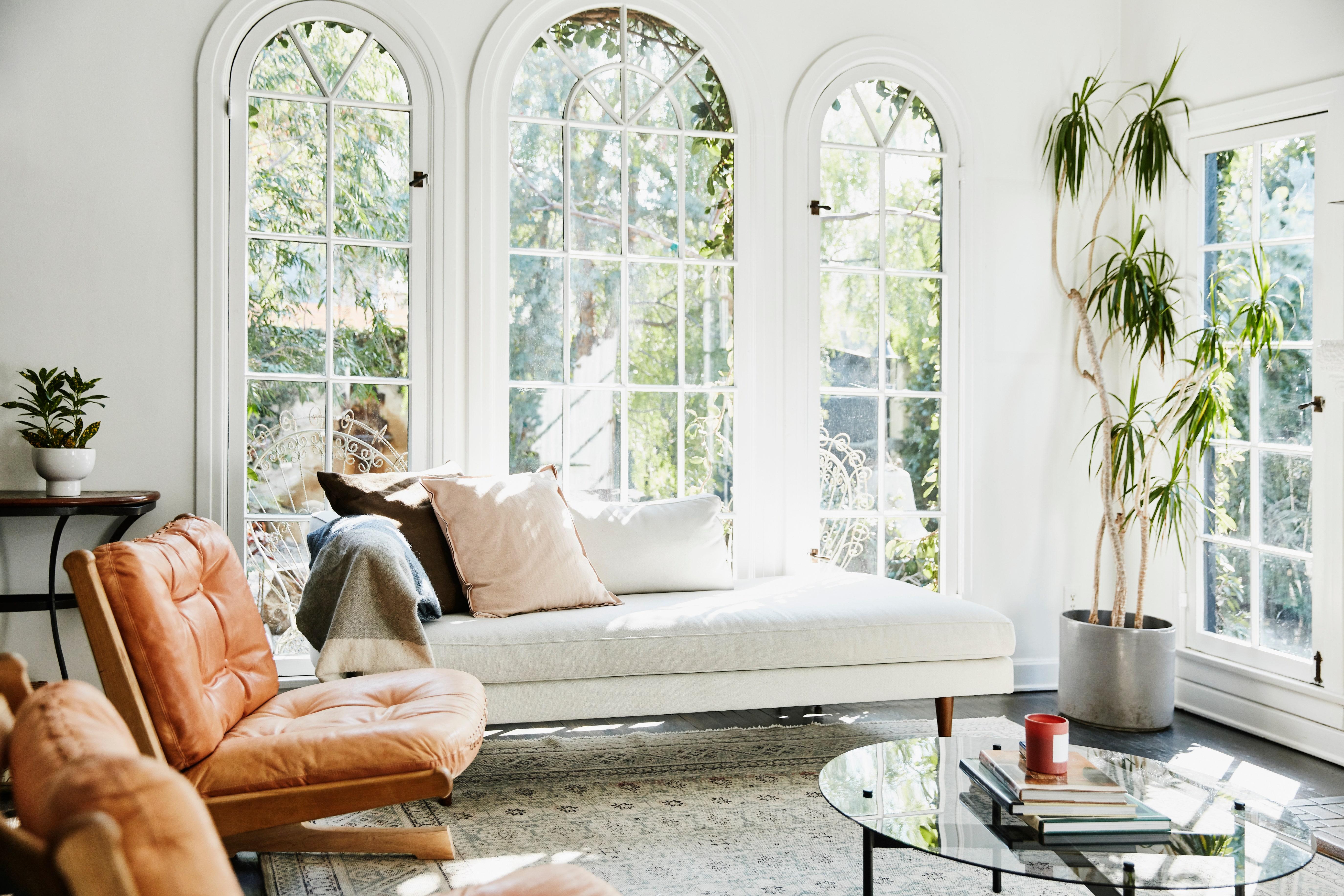
Mastering Natural Lighting Techniques for Product Photography
Natural lighting is a game-changer in product photography, especially for eCommerce businesses looking to showcase their products in the best possible way. The right use of natural light can enhance textures, colors, and even the overall mood of your images, making them more appealing to potential buyers.
To start, consider the time of day when you’re shooting. Golden hour, which occurs shortly after sunrise or before sunset, provides a warm, soft light that is perfect for capturing products. This type of lighting minimizes harsh shadows and highlights, giving your images a professional look without extensive editing.
Another technique is to use diffusers to soften direct sunlight. If you’re shooting in bright conditions, place a sheer white curtain or a white sheet between your product and the light source. This helps to diffuse the light, creating a gentle, even illumination. You can also use reflectors to bounce light back onto the product, filling in shadows and enhancing details.
Furthermore, consider the background when using natural light.A simple, uncluttered backdrop allows your product to take center stage. Soft colors or natural textures can complement your product without competing for attention. Setting up near a window can also create lovely, natural shadows that add depth and interest to your photos.
| Tip | Description |
|---|---|
| Time of Day | Utilize golden hour for warm, soft light. |
| Lighting Modifiers | Use diffusers and reflectors to control harsh sunlight. |
| Background Choice | Opt for simple,uncluttered backgrounds. |
Lastly, don’t forget to experiment! take multiple shots at various angles and with different lighting conditions. Natural light can change rapidly,so being flexible and adaptive to your environment can lead to stunning results. Review your images and see what works best for your products, adjusting your techniques accordingly for future shoots.
Utilizing Backdrops to Enhance Your Product’s Appeal
When it comes to capturing your product’s essence, the backdrop plays a pivotal role in creating a stunning visual experience. A well-chosen backdrop can elevate your product images, making them more appealing and enticing to potential customers. Here are some ideas to consider for maximizing the effectiveness of your backdrops:
- Color Coordination: Select a backdrop color that complements or contrasts with your product. For instance, if you’re selling vibrant clothing, a neutral background can help your items pop. Conversely, if your product has subtle tones, a bold backdrop can add interest without overwhelming the viewer.
- Texture and Material: Incorporate various textures to add depth to your images. Consider using materials like wood, fabric, or metal as backdrops, which can create a sense of warmth and authenticity. A rustic wooden board can enhance the organic feel of handmade items, while sleek metal can emphasize modern products.
- Environment and Lifestyle Settings: Sometimes, the best backdrop is a real-world setting that showcases your product in use. This approach allows customers to visualize how your product fits into their lives. For example, if you sell home decor, photographing your items in beautifully styled rooms can inspire potential buyers.
Using backdrops effectively also involves considering the lighting and composition of your photos. Natural light is often the best choice, as it renders colors more accurately and creates softer shadows. Experiment with different angles and distances to find the most flattering view of your product against the backdrop.
Don’t forget about the importance of editing! Post-production can help enhance the colors and textures of both the product and its backdrop. Tools like Adobe Lightroom or Canva can be invaluable for ensuring consistency across your product line.A cohesive aesthetic can significantly improve your store’s overall look and feel.
| Backdrop Type | Best For | Notes |
|---|---|---|
| Solid Colors | Clothing and Accessories | Helps to highlight product details |
| Textured Surfaces | Handmade Goods | Adds warmth and character |
| Lifestyle Settings | Home Decor | Shows product in real-life context |
Ultimately, the right backdrop can transform your product photography from ordinary to extraordinary.investing time and creativity into this aspect of your ecommerce strategy can lead to improved customer engagement and increased sales. So, get out there, experiment with different backgrounds, and watch your product appeal soar!
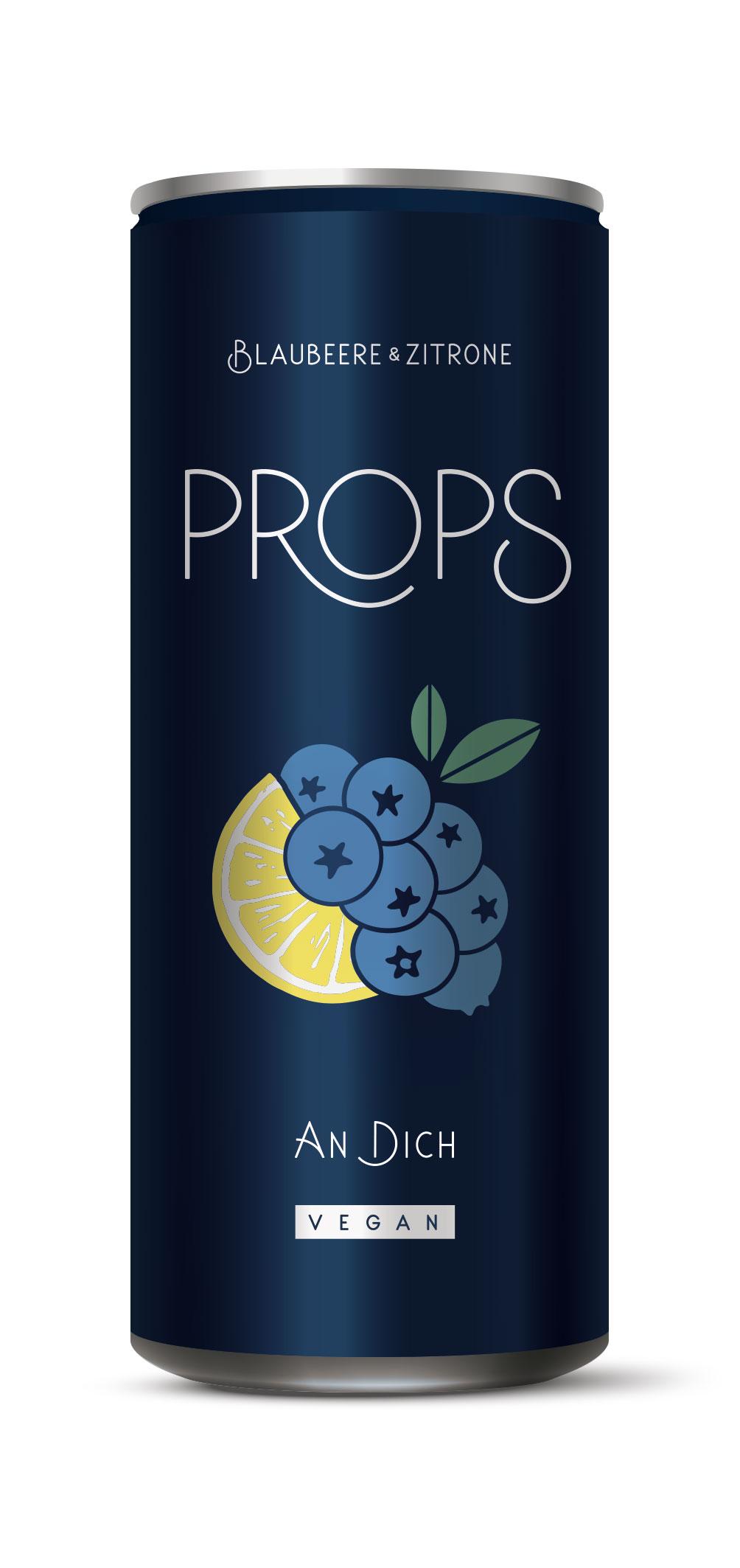
Incorporating Props to Tell Your Brand Story
When it comes to eCommerce product photography, the right props can elevate your images from mundane to magical, helping to tell your brand’s story in a visually engaging way. Imagine your products not just standing alone but surrounded by elements that reflect your brand’s identity and values. The use of thoughtfully chosen props can create an emotional connection that resonates with your audience, influencing their purchasing decisions.
Consider Your Brand Personality: Every brand has its unique personality, whether it’s playful, sophisticated, or rugged. Choose props that align with this identity. For instance, if your brand is eco-friendly, use natural materials like wood, stone, or plants. If you cater to a luxury market, opt for elegant fabrics or high-end accessories that complement your products. By doing so, you not only enhance the aesthetic but also reinforce your brand’s message.
Create a Narrative: Props can help craft a story around your products, inviting customers to imagine how they might use them in their own lives. Think about the lifestyle your target audience aspires to. If you sell coffee products, consider setting up a cozy morning scene with mugs, fresh pastries, and a newspaper. This immersive approach compels potential buyers to picture themselves in that moment, increasing the likelihood of a purchase.
Visual Consistency: Ensure that the props you use create a visually cohesive look across all your product images.This doesn’t mean everything has to be identical, but there should be a common thread that ties your photos together. Use a consistent color palette or style of props to strengthen brand recognition. A well-defined aesthetic will not only catch the eye but also make your brand memorable in a crowded marketplace.
Experiment and Adapt: Don’t be afraid to test different props and setups to see what resonates most with your audience. A/B testing can be an effective way to determine which images drive more engagement and sales. Use analytics to track which photography styles perform best,and adapt your approach accordingly. Remember, the goal is to find that sweet spot where your products shine while your props enhance the overall brand experience.
Incorporating props into your product photography isn’t just about decoration; it’s about creating a scene that invites customers into your brand’s world. By carefully selecting and styling props, you can tell a compelling story that captivates your audience and encourages them to take action.
Editing Your Photos for a Polished,Professional Look
When it comes to ecommerce,first impressions are everything. Your product photos are often the first thing potential customers see, and investing time in editing them can make all the difference in capturing attention and driving sales. here are some effective strategies to achieve a polished,professional look that enhances your products and reflects your brand identity.
First and foremost, adjusting brightness and contrast can dramatically improve the overall appearance of your images. If your photos are too dark or washed out,they can misrepresent the product and deter customers. Use editing software like Adobe Lightroom or Photoshop to fine-tune these settings, ensuring your products look vibrant and appealing. remember, the right balance can highlight the key features of your items, making them irresistible to shoppers.
Another essential aspect is color correction. Many times,the colors in product images can appear dull or inaccurate due to poor lighting or camera settings.This is where tools like color grading come into play. By adjusting the hue, saturation, and luminance, you can ensure that your products’ colors are true to life.This not only helps in maintaining consistency across your catalog but also increases customer trust, as they receive exactly what they expect upon delivery.
consider adding subtle enhancements to draw attention to significant details. Techniques such as sharpening the image or adding a slight vignette can definitely help focus the viewer’s eye on the product itself. Additionally,utilizing backgrounds that complement your product can create a more cohesive look. Simple, uncluttered backgrounds often work best, allowing your product to stand out without distractions.
| Editing Technique | Benefit |
|---|---|
| brightness & Contrast | Enhances visibility and appeal |
| Color Correction | Ensures accurate depiction |
| Subtle Enhancements | Draws focus to product details |
Incorporating these editing techniques can elevate your product photos from ordinary to extraordinary. A little effort in post-production can yield significant returns, transforming browsers into buyers. So grab your editing software, get creative, and watch as your ecommerce sales begin to climb!
Optimizing Images for faster Loading Times on Your Website
When it comes to enhancing your online store, the quality of your product photos plays a crucial role. Though, it’s not just about taking stunning images; it’s also about ensuring those images are optimized for fast loading times. A slow website can lead to high bounce rates and decreased customer satisfaction,so let’s dive into how you can achieve both high-quality images and fast performance.
First and foremost, consider the file format of your images. Different formats serve different purposes:
| File Format | Best Use Case |
|---|---|
| JPEG | Best for photographs with many colors. |
| PNG | Ideal for images with obvious backgrounds. |
| WebP | Great for high-quality images with smaller file sizes. |
By choosing the right format, you can maintain image quality while reducing file size. Next, don’t overlook the importance of image compression. Tools like TinyPNG or ImageOptim can help you compress images without sacrificing quality. aim for a balance between clarity and size—this ensures your product photos look great while contributing to faster loading times.
Additionally, implementing lazy loading can be a game-changer for your website. This technique defers the loading of images until they are needed, such as when users scroll down to view them. Not only does this improve initial loading speed, but it also enhances the overall user experience.
Lastly, ensure that your images are properly optimized for SEO. Use descriptive file names and alt tags that include relevant keywords. This not only helps search engines understand your images but also improves the chances of appearing in image search results, driving more traffic to your store.
By focusing on these strategies, you can significantly enhance the performance of your website while showcasing your products effectively. Remember, in the world of ecommerce, a fast-loading site with high-quality images can set you apart from the competition.
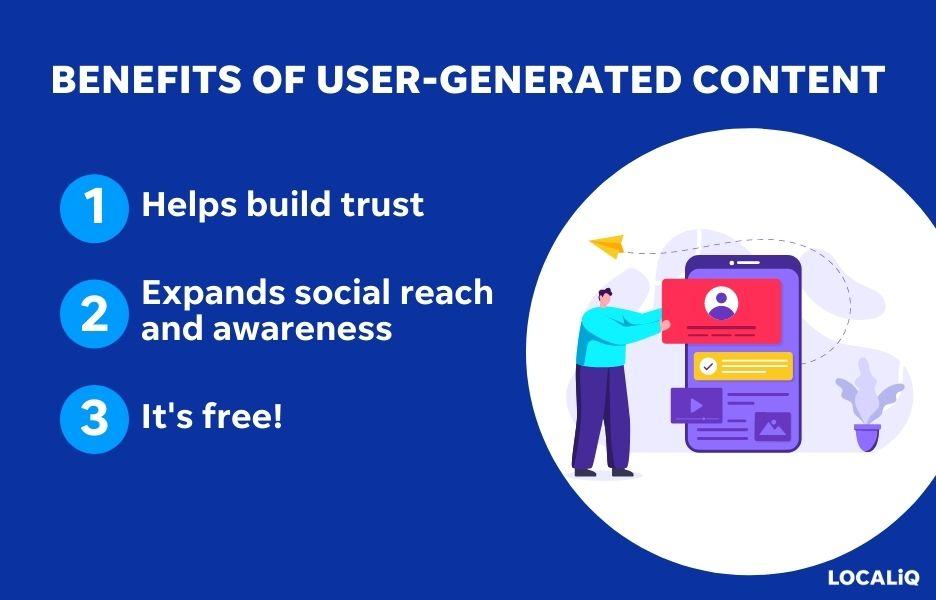
Leveraging user-Generated Content for Authenticity
In the era of social media and online shopping, user-generated content (UGC) plays a pivotal role in establishing authenticity and trust in your eCommerce store. By showcasing real customers using your products,you create a relatable narrative that resonates with potential buyers. This not only humanizes your brand but also encourages others to share their experiences, amplifying your reach.
One effective way to incorporate UGC is by encouraging your customers to share their photos and videos on social media. You can create a branded hashtag that customers can use when posting about your products. This not only makes it easier for you to find their content but also fosters a community around your brand. Here are a few ideas to encourage participation:
- Contests and Giveaways: Organize fun contests where customers submit their photos for a chance to win store credits or free products.
- Feature Fridays: Dedicate a day each week to showcase customer photos on your website and social media channels.
- Incentivize Sharing: Offer discounts or loyalty points for customers who share UGC, motivating them to create and submit content.
When featuring UGC, make sure to highlight the context in which your products are used. As a notable example, if you sell outdoor gear, showcase photos of customers hiking or camping. This not only provides potential buyers with visual proof of your products in action but also helps them envision their own adventures.Remember, the more relatable the content, the more likely it is to convert visitors into customers.
Additionally, displaying UGC on your product pages can significantly enhance the shopping experience. Consider creating a gallery or a dedicated section for customer photos. You might structure it like this:
| Product Name | Customer Photo | Review Highlight |
|---|---|---|
| Adventure Tent |  |
“Perfect for our weekend trips!” |
| Insulated Water Bottle |  |
“Keeps my drinks cold all day!” |
Incorporating user-generated content not only enriches your website visually but also adds a layer of authenticity that can significantly influence purchasing decisions. When potential customers see real people enjoying your products, it fosters a sense of trust and community that can be hard to replicate with conventional marketing methods. So,embrace UGC as a valuable asset in your eCommerce strategy – the results may surprise you!

Investing in Professional Photography Services When Needed
When it comes to showcasing your products online, sometimes cutting corners can cost you more in the long run.While DIY photography can be a tempting option, investing in professional photography services can significantly elevate your eCommerce store’s visual appeal. Here’s why you should consider bringing in the pros.
A professional photographer can create stunning images that highlight your products in the best light. They understand the importance of lighting, angles, and composition, which are crucial in making your products look appealing. This expertise can transform a simple item into a coveted treasure, enticing customers to click “Add to Cart” rather than scrolling past.
Moreover, professional photographers often have access to top-tier equipment and editing software, ensuring that your images are not only high-quality but also consistent throughout your website. This consistency instills a sense of trust and professionalism in your brand.With high-quality visuals,you’re not just selling a product; you’re selling an experience.
Consider these benefits of hiring a professional photographer:
- time-saving: Focus on your business while the photographer handles the visuals.
- Brand alignment: A professional knows how to align photography with your brand’s identity.
- Post-production magic: They can enhance images with editing tools, ensuring every detail is perfect.
To help you visualize the impact of professional photography, take a look at the comparison below:
| Aspect | DIY Photography | Professional Photography |
|---|---|---|
| Image Quality | Variable, frequently enough lower | High-quality, consistent |
| Time Investment | High | Low |
| Brand Perception | Inconsistent | Professional and trustworthy |
Lastly, think about the long-term benefits. High-quality images can lead to better conversion rates, which means more sales. When customers see detailed, well-lit images, they feel more confident in their purchasing decisions. Investing in professional photography can often pay for itself through increased sales and customer loyalty.
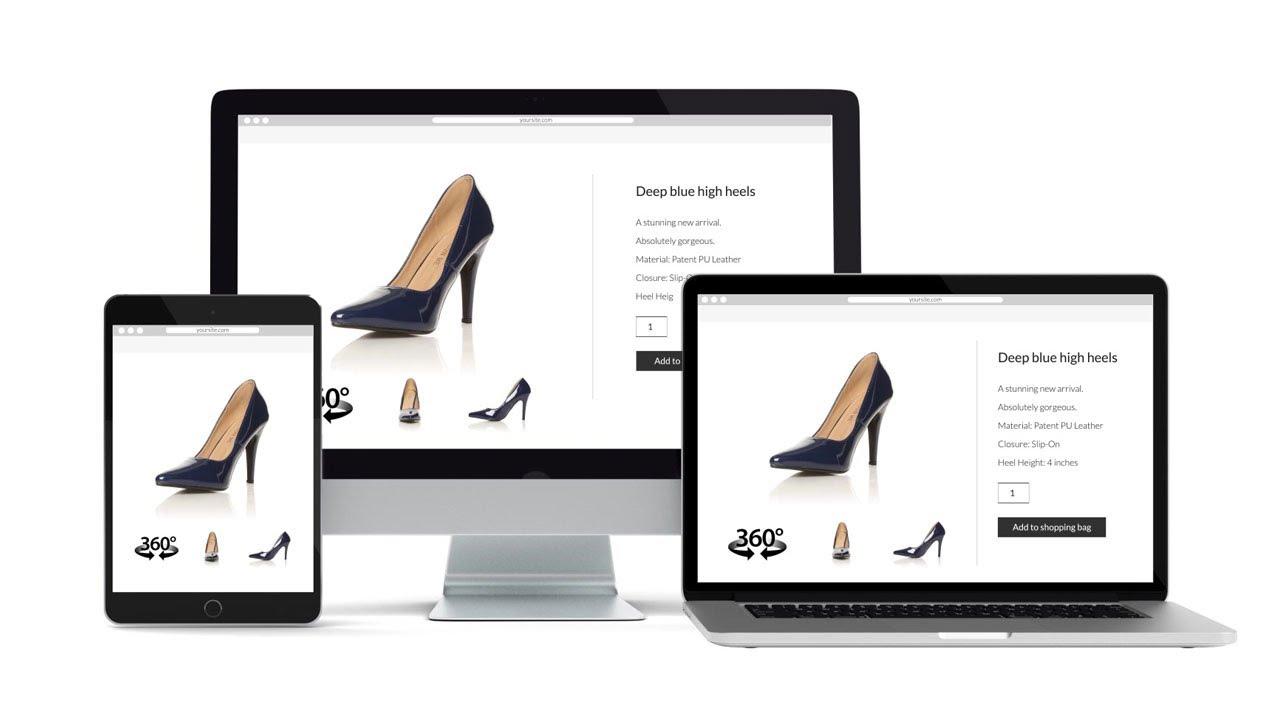
Exploring the Benefits of 360-Degree Product Views
In today’s digital marketplace, capturing a shopper’s attention is crucial. One of the most effective ways to do this is by offering a 360-degree view of your products. This immersive experience not only showcases your products in a more engaging way but also builds customer trust, leading to increased sales.
When potential buyers can rotate and examine items from every angle, they gain a better understanding of the product’s features. This can significantly reduce uncertainty, which is often a barrier to online purchases. By providing comprehensive visual access, you help customers feel more confident in their buying decisions.
Consider how a 360-degree view can highlight intricate details that static images might miss. Features like texture, color variations, and functional elements become more apparent. This enhanced visibility supports your customers in making informed choices,fostering a stronger connection to your brand.
Moreover, 360-degree product views can lead to decreased return rates. When customers can thoroughly inspect an item before purchase, they’re less likely to experience buyer’s remorse.This not only saves you the hassle of handling returns but also enhances customer satisfaction, as they feel more connected to their purchase.
Incorporating this technology into your eCommerce site isn’t as daunting as it sounds. Many user-friendly tools and platforms are available that allow you to create and integrate 360-degree views seamlessly into your existing product pages. With a little investment in time and resources, you can elevate your online store’s visual experience significantly.
don’t underestimate the power of social sharing. Unique and interactive content, like 360-degree product views, is more likely to be shared across social media platforms. This not only boosts your brand’s visibility but also attracts a broader audience to your store, enhancing organic traffic and potential sales.
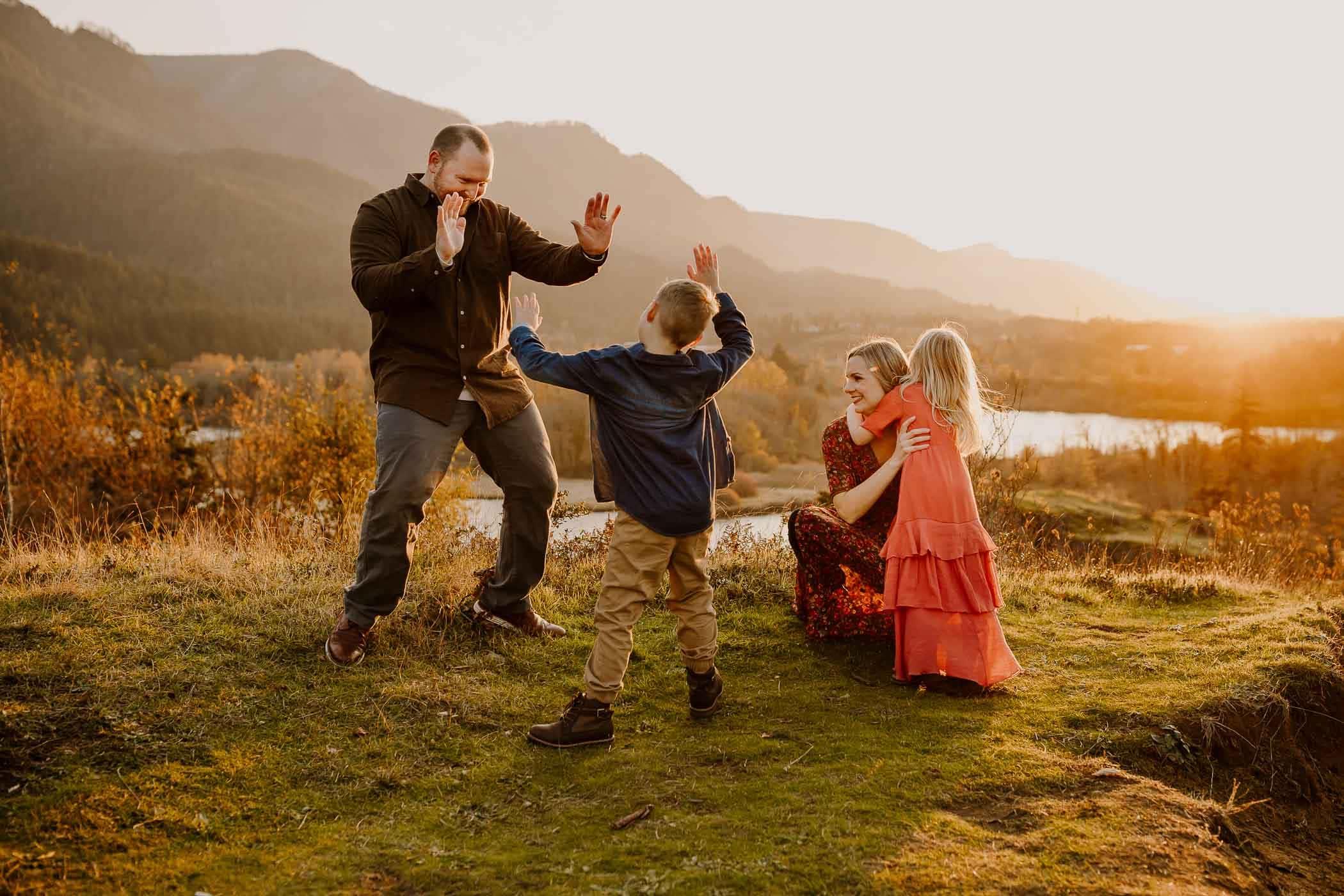
showcasing Your Products Through Lifestyle Photography
One of the most effective methods to elevate your ecommerce store is by using lifestyle photography to showcase your products. This approach allows potential customers to envision how your products fit into their daily lives, making them more appealing and relevant. Capturing your products in real-life settings can significantly impact their desirability.
To create engaging lifestyle images,it’s crucial to consider the story you want to tell with each shot. Think about your target audience and the lifestyle they aspire to. Are they outdoor adventurers, urban dwellers, or family-oriented individuals? Tailor your visuals to resonate with their aspirations. For instance, if you’re selling camping gear, photograph your products in a scenic outdoor setting to evoke emotions related to adventure and exploration.
Additionally, lighting plays a vital role in lifestyle photography. Natural light is frequently enough the best option, as it creates a soft and inviting atmosphere. If you’re shooting indoors,position your products near windows or use diffusers to soften harsh sunlight. Experiment with different times of the day to capture the perfect ambiance that highlights your products beautifully.
| Time of Day | Lighting Quality | Best For |
|---|---|---|
| Early Morning | Soft and Warm | Outdoor shots with a serene vibe |
| Noon | Bright and Harsh | Indoor shots with controlled lighting |
| Late Afternoon | Golden Hour | Warm, inviting outdoor images |
Another key aspect of effective lifestyle photography is the use of props and settings.Surround your products with complementary items to create a cohesive look. For example, if you’re marketing a stylish handbag, place it on a cozy café table alongside a book and a cup of coffee to evoke the feeling of a leisurely afternoon. This not only enhances the visual appeal but helps customers imagine how they might use the product in their own lives.
Lastly, don’t underestimate the power of modeling. Including people in your shots can make your products feel more relatable and aspirational. whether you decide to use professional models or friends and family, ensure they reflect the demographics of your target audience. Authentic expressions and actions can convey a strong connection to your products, making potential buyers feel like they are experiencing the lifestyle you’re promoting.
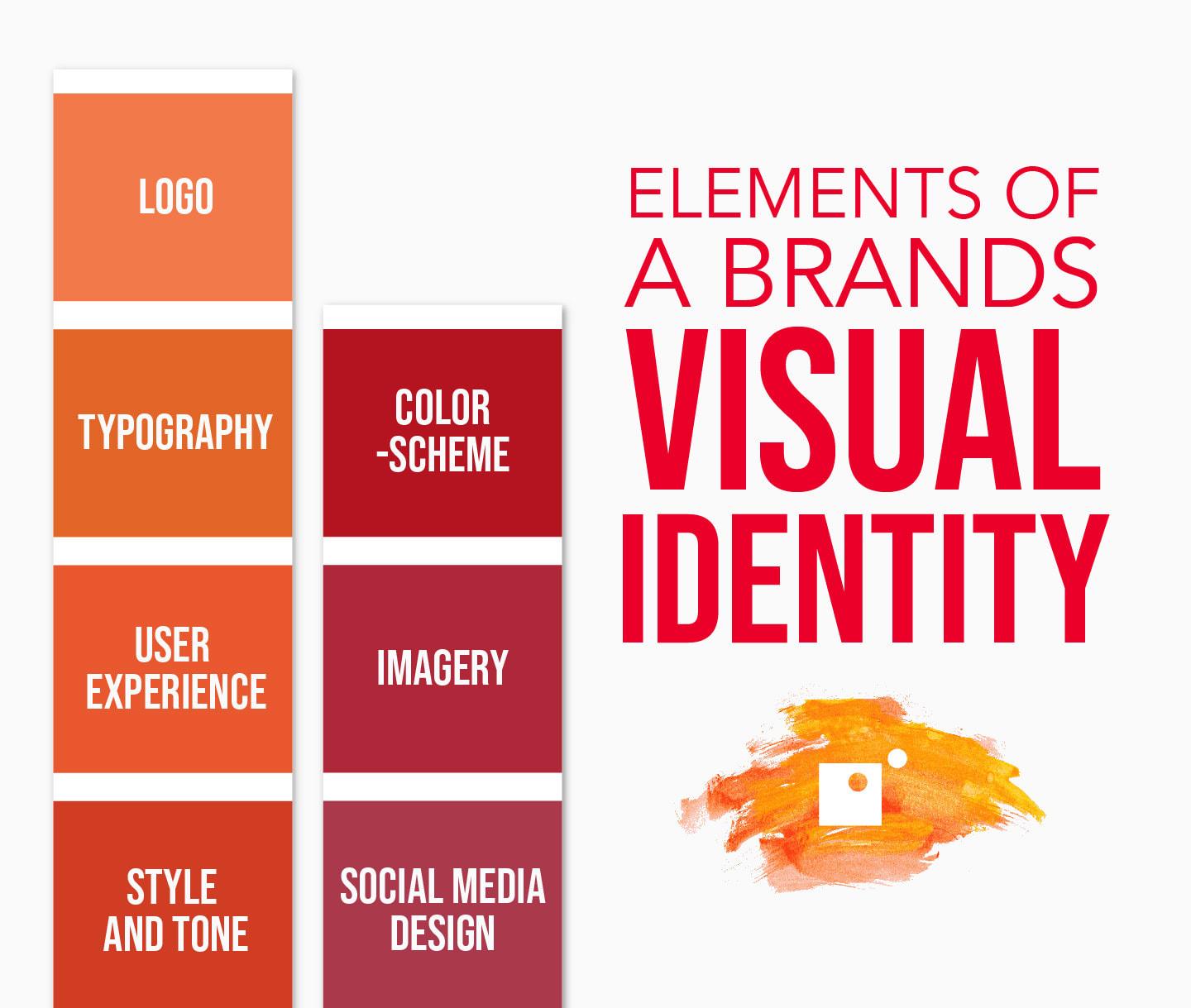
Building a Consistent Visual Style for Your Brand
Creating a strong visual identity for your eCommerce brand is essential for attracting and retaining customers. Consistency in your product photos helps to establish credibility and professionalism,ensuring that your store stands out in a crowded market. Here’s how to build a cohesive visual style that resonates with your audience.
Choose a Color palette: your product images should reflect your brand’s aesthetic. Start by selecting a color palette that embodies your brand’s personality. Consider using:
- Cohesiveness: Stick to 2-3 main colors that will be your signature hues.
- Contrast: Ensure that the colors complement the products and are visually appealing.
- Backgrounds: A simple background can enhance the colors and details of your products.
Maintain Consistent Lighting: Lighting can dramatically affect the overall feel of your images. aim for:
- Natural Light: Utilize natural light whenever possible. It provides a soft, flattering effect.
- artificial Lighting: If shooting indoors, invest in softbox lights to create even illumination without harsh shadows.
- Color Temperature: Keep your lighting consistent in terms of color temperature to avoid variations in your photos.
utilize the Same Angles and Composition: Consistency in how your products are presented is key. Consider these tips:
- Standard Angles: Choose a few angles that work well for your products and always use them. For instance, a front-facing shot combined with a side profile can provide depth.
- Framing: Keep the same amount of space around each product to create uniformity across your store.
- Styling: Use props and settings that align with your brand vibe, but keep them consistent to avoid distraction.
| Element | Importance | Tip |
|---|---|---|
| Color Palette | Enhances brand recognition | Use tools like Adobe Color |
| Lighting | shows product details clearly | Test different setups |
| Angle & Composition | Creates a professional look | Practice until consistent |
By implementing these strategies, you’ll be well on your way to creating a visually appealing and cohesive eCommerce storefront that not only showcases your products beautifully but also strengthens your brand identity in the minds of your customers.
Frequently Asked Questions (FAQ)
Q&A: 3 Ways to Get Better Ecommerce Product Photos for Your Store
Q1: Why are product photos so important for my ecommerce store?
A1: Great question! Product photos are crucial because they provide the first impression of your brand and products. Think about it—customers can’t touch or feel items online, so high-quality images help them visualize the product. Clear, appealing photos can significantly increase trust and boost conversion rates.In fact, studies show that consumers are more likely to purchase a product if they can see it clearly from multiple angles!
Q2: What’s the first way to improve my product photos?
A2: The first step is investing in good lighting. Natural light is your best freind! Try to take photos near a window during the day when the light is soft and diffused. If that’s not an option, you can buy affordable softbox lights or ring lights to mimic that natural glow. good lighting helps showcase the product’s true colors and details, making it more appealing to potential buyers.
Q3: I’ve heard about the importance of backgrounds. What should I know?
A3: Absolutely! The background can make or break your product photo. Aim for a clean, uncluttered background that complements your product. White or light gray backdrops are popular because they make products pop and keep the focus on what you’re selling. Though, don’t be afraid to get creative! Depending on your brand, you can use textured surfaces or props that enhance the story behind your product. Just make sure it doesn’t distract from the main attraction!
Q4: any tips for shooting from different angles?
A4: definitely! Showcasing your product from various angles is key. Capture close-ups of important details, like textures or features, and take shots from eye level, above, and even at an angle.This gives customers a comprehensive view and helps them feel more confident about what they’re buying. You want them to feel like they can see and understand every aspect of the product, just as if they were holding it in their hands!
Q5: What if I’m not a professional photographer? Can I still get great photos?
A5: You bet! You don’t need an expensive camera or a degree in photography to take stunning product photos. Start with your smartphone—most modern phones have excellent cameras. Use the tips we discussed about lighting and backgrounds, and don’t forget to experiment! Take multiple shots and pick the best ones. With a little practice and creativity, you’ll be amazed at the quality you can achieve!
Q6: how often should I update my product photos?
A6: Regularly updating your product photos is a great idea! If you refresh your inventory or change your brand’s look, it’s essential to update your images to reflect that. You might also want to update photos seasonally or when launching new promotions. Keeping your visuals fresh keeps your store looking vibrant and engaging, which can lure back previous customers and attract new ones!
Q7: Any final thoughts on enhancing my ecommerce product photos?
A7: Absolutely! Remember, investing time and effort into your product photos pays off. High-quality images can definitely help you stand out in a crowded market, create a better shopping experience, and ultimately boost your sales. Don’t be afraid to experiment with different styles and techniques. The more you practice,the better your photos will get,and you’ll start to see the positive impact on your business!
To Wrap it Up
elevating your ecommerce product photos doesn’t have to be a daunting task. By investing a little time and creativity into your photography, you can transform the way customers see your products and, ultimately, boost your sales. Whether you choose to harness natural light, experiment with different backgrounds, or seek the help of a professional, remember that great visuals can make all the difference in today’s competitive online marketplace.
So, why wait? Start implementing these tips today and watch as your product photography—and your business—flourish.After all,in the world of ecommerce,a picture is worth a thousand clicks! happy shooting!

